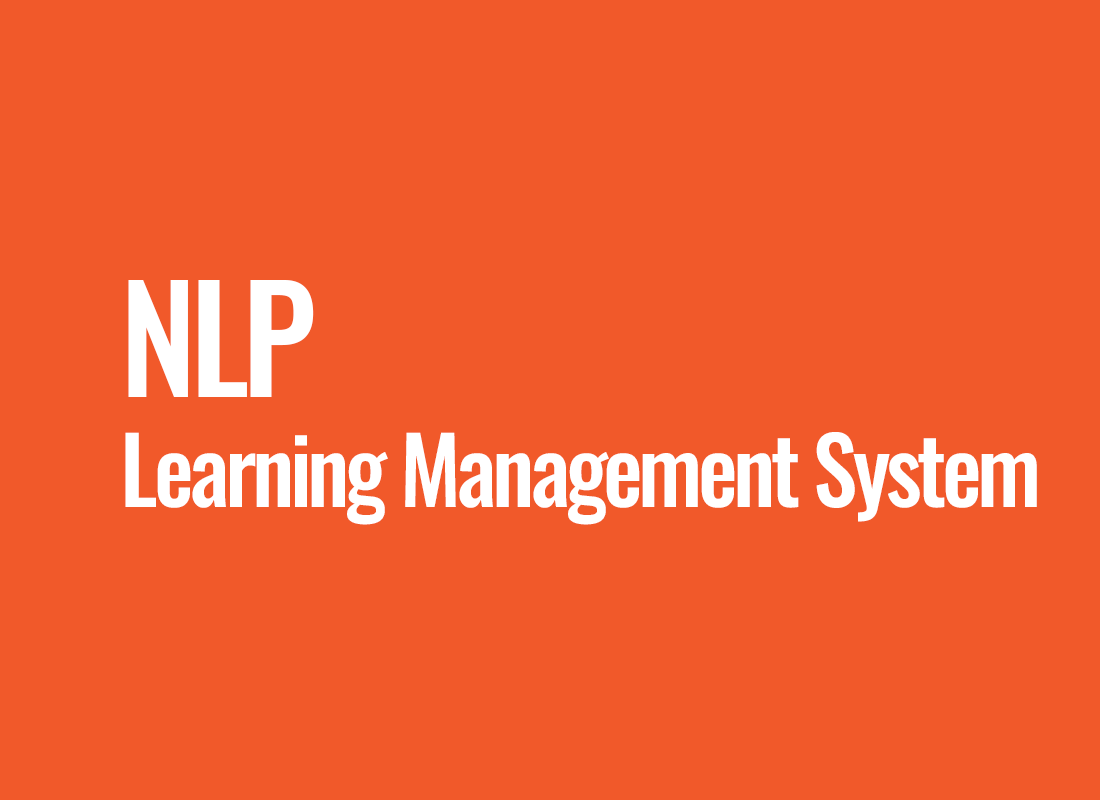NLP (Natural Language Processing)
Natural Language Processing (NLP) is a branch of artificial intelligence (AI) that deals with the interaction between computers and human language. This processing is capable of understanding, interpreting, processing, and generating natural language in a meaningful way. This field of technology, from real-time text translation to interactions with voice assistants to sentiment analysis in social media, is at the heart of these innovations. In today's world, where technology and communication play a key role, NLP is becoming increasingly important.
Decoding Human Language
NLP is a complex field that requires an understanding of both computing and linguistics. At a basic level, NLP involves converting natural language into data that can be processed and analyzed. NLP uses techniques from the fields of data science, machine learning, and deep learning to interpret, classify, and predict language data. The use of these technologies helps machines not only understand the meaning of words but also their context, which is crucial for language comprehension.
Human language is incredibly complex. There are many nuances in language, such as context, connotations, idioms, sarcasm, and dialects, which are difficult for a computer to understand. To overcome these challenges, NLP employs various methods, including tokenization (breaking text into individual words), stemming (reducing words to their basic form), part-of-speech tagging (determining whether a word is a noun, verb, etc.), and syntactic analysis (determining relationships between words). These processes help computers understand language on a deeper level, enabling them to interpret complex texts and perform advanced tasks.
NLP Applications in Practice
1. Voice Assistants
NLP enables voice assistants like Siri, Google Assistant, and Alexa to understand voice commands and respond in natural language. NLP helps machines understand what we say and the context in which we say it. As a result, voice assistants can answer complex questions, perform tasks, and provide information in an intuitive and efficient manner. This technology can recognize our voice, interpret various accents and dialects, and even understand subtle nuances in our tone, allowing for precise customization of responses to our needs.
2. Machine Translation
NLP plays a vital role in machine translation, enabling tools like Google Translate to process and translate texts between different languages. NLP helps machines understand grammatical structure, context, and language nuances, leading to more accurate and natural translations. In the era of globalization, where cross-cultural communication is increasingly important, NLP allows us to freely overcome language barriers.
3. Sentiment Analysis
NLP is a key tool in sentiment analysis, allowing companies to analyze customer opinions about their products and services. NLP analyzes the language used in comments, blog posts, and reviews to determine whether they are positive, negative, or neutral. This information is then used to improve products, services, and marketing strategies. Through sentiment analysis, companies can gain valuable insights that help them better understand their customers and tailor to their needs.
The Future is Now. NLP and its Growing Role
NLP is still in the development phase, but its potential is enormous. With technological advancements, we can expect machines to become better at understanding the subtleties of human language. Natural language processing will continue to play a key role in technology, from health and education to business and entertainment.
NLP is already an integral part of our everyday lives. It makes interactions with technology more natural and intuitive. It will undoubtedly contribute to further innovation in the future.
In conclusion, NLP is a powerful tool that is transforming the way we communicate with machines and how machines understand our language. It offers new possibilities, not just in the business world but also in our daily lives.




